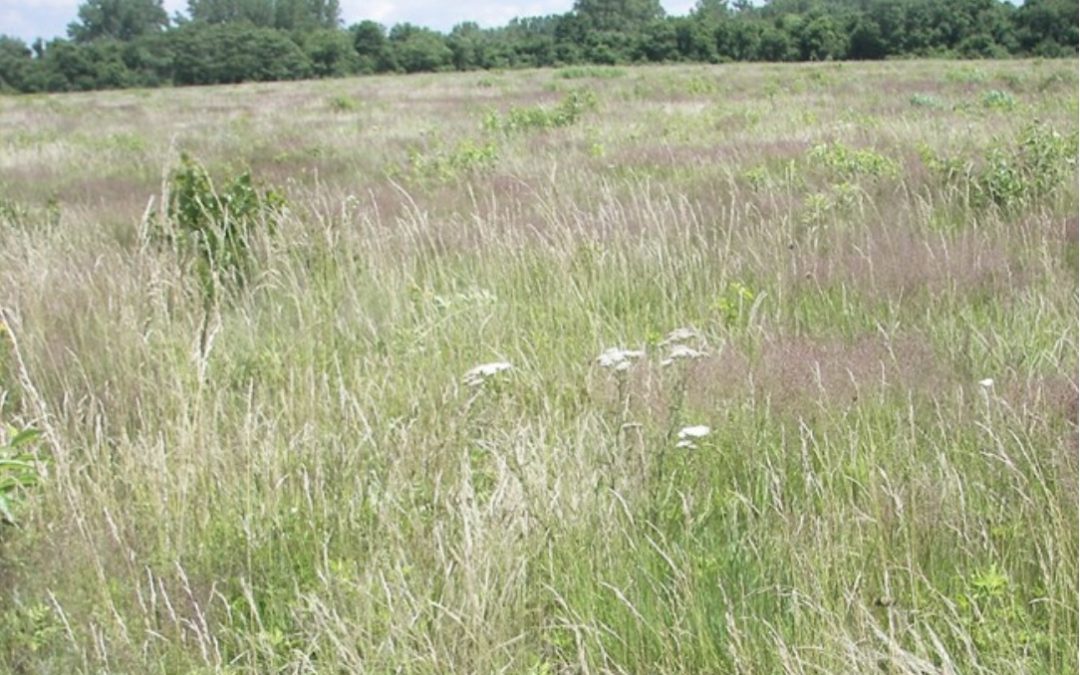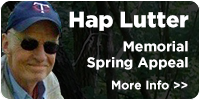Maintaining Habitat Projects For Years Of Enjoyment.
Nate Anderson WDNR
After a trout habitat project is complete, Trout Unlimited and the DNR plant desirable native trees in select spots. Kasey Yallaly’s (WDNR) current plan is to plant larger seedling trees (over 6ft tall and at least 3 years old) along the stream every 50 feet, a distance that will allow continued maintenance after a project is completed. This spacing allows mowers enough room to get around and in between the trees and the stream. Once mature, the trees will provide some necessary shade to help maintain beneficial thermals. Kasey feels that this is a good compromise between (a) reforestation, which could result in a return to unfishable streams or (b) simply planting nothing.
We currently put each new habitat project on a 4-year rotation for mowing to keep out unwanted woody vegetation in an effort to promote native grasses. There are 2 types of mowing that take place on finished trout habitat projects, fishing access paths and mowing maintenance. Fishing access paths allow anglers to access the stream more easily during summer months when streambank vegetation is extremely high. These paths are at least ten feet wide and run along one side of the stream. We have been mowing at Cady Creek, Trimbelle River CTH W project, and Pine Creek annually. The mowing generally occurs through the width of an easement, commonly 66 feet wide and on both sides of the stream. This year’s mowing locations were located at; Gilbert Creek on Thorud’s easement, the fee title property just east of CTH Q, the Trimbelle River Holst easement and the Red Cabin site on the Kinnickinnic River. All mowing takes place in July to reduce chances of disturbing breeding birds but still get to the vegetation before it gets too high.
This year, mowing was done by Extreme Excavating out of Knapp, WI. The total cost came in at $16,800. Cost breakdowns showed that trout stamp monies paid for $8,500,
Kiap-TU- wish contributed $1,500 from a past gift to the DNR designated for this type of work and $6,800 was paid by The DNR Parks and Recreation Department.
There are many sites along the Kinnickinnic River that have been brushed within the past several years that cannot be mowed. In order to prolong the effects of the brushing this year, the DNR hired a contractor, to chemically treat by foliar spraying 4 sites in order to control the invasive seedlings that usually sprout after brushing has been completed. The contractor hired for this project was 4-Control out of Menomonie, WI and the total cost was $3,500 paid for with Trout Stamp money.
Kasey Yallaly and I work closely with the Kiap-TU-wish- Maintenance committee each year to discuss what needs to be done. Please reach out to your chapter committee members if you have any ideas, thoughts, or comments regarding maintenance issues in your area or favorite fishing spot.


